I stood at the edge of Italy, looking east where the Adriatic touches the shore, and suddenly I was in Otranto—Italy’s historic port that’s always been a meeting point for cultures. Otranto really is where Italy faces east, mixing Italian charm with flavors and traditions from across the Mediterranean and even farther.
As I wandered the old town, traces of Greek, Byzantine, and Norman history showed up everywhere, blending into a unique atmosphere I haven’t found anywhere else in Italy.
Otranto feels like more than just a seaport. History and tradition come alive in the streets and along the water. I got lost in the narrow alleys, tasted fresh seafood by the harbor, and chatted with locals who love sharing stories about Otranto’s role as a bridge to distant worlds.
If you’re curious about a corner of Italy that’s both familiar and surprisingly different, you might want to start here.
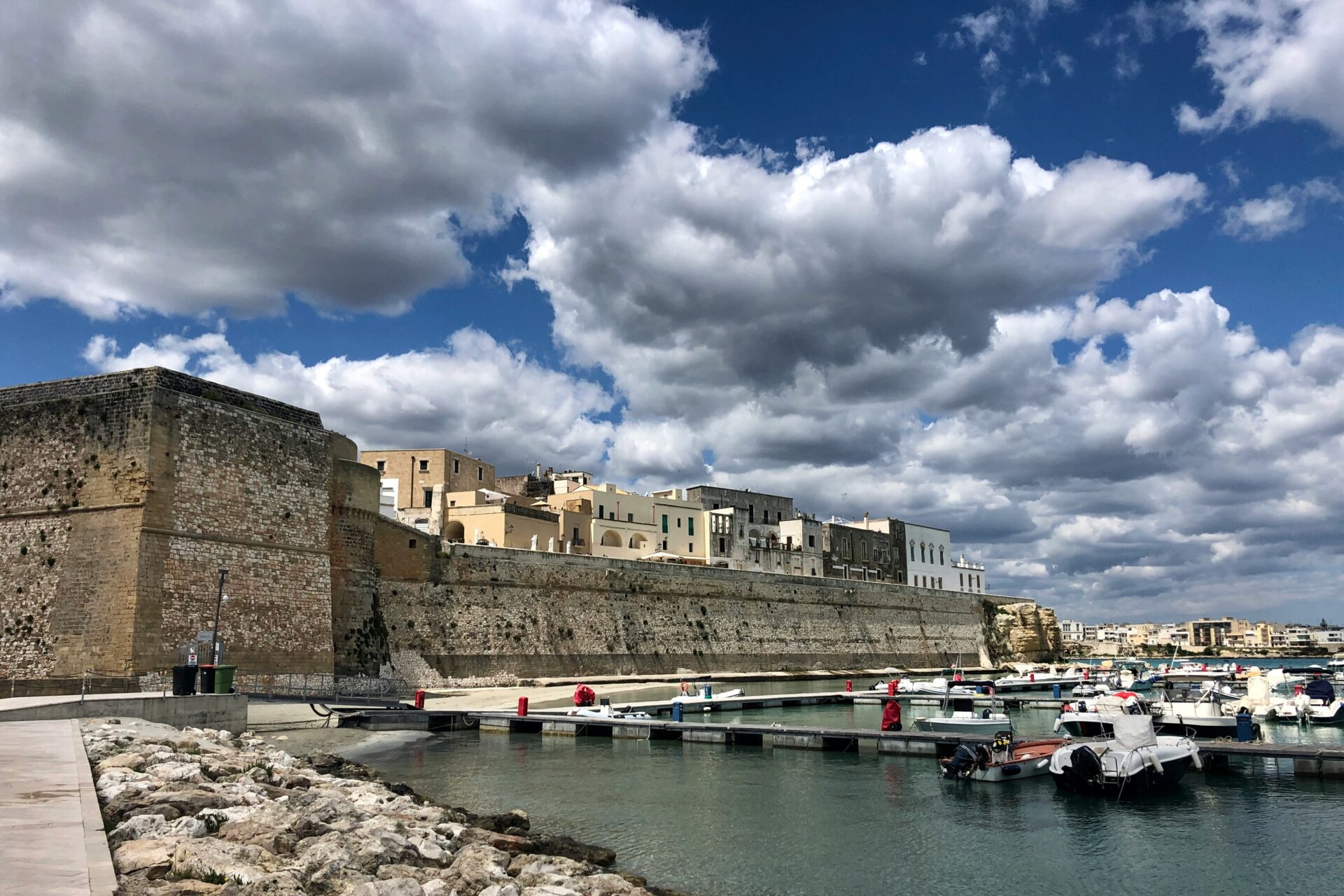
Where Italy Faces East: Otranto’s Unique Position
Otranto sits right at the tip of Italy’s heel, the closest point to the Balkans across the Adriatic. The coastline here tells stories shaped by sea routes, encounters, and the tides.
Geographical Significance
You’ll find Otranto on Italy’s eastern edge, in sunny Puglia. When I stood by the sea, I felt how different it is from other Italian towns. The Adriatic and Ionian Seas meet nearby, and Albania is just 72 kilometers across the water.
Looking east from Otranto, I could almost feel the pull of foreign lands. For centuries, its location mattered to travelers, armies, and traders. The sun rises here before anywhere else in Italy, and somehow that makes mornings along the rocky shore feel special.
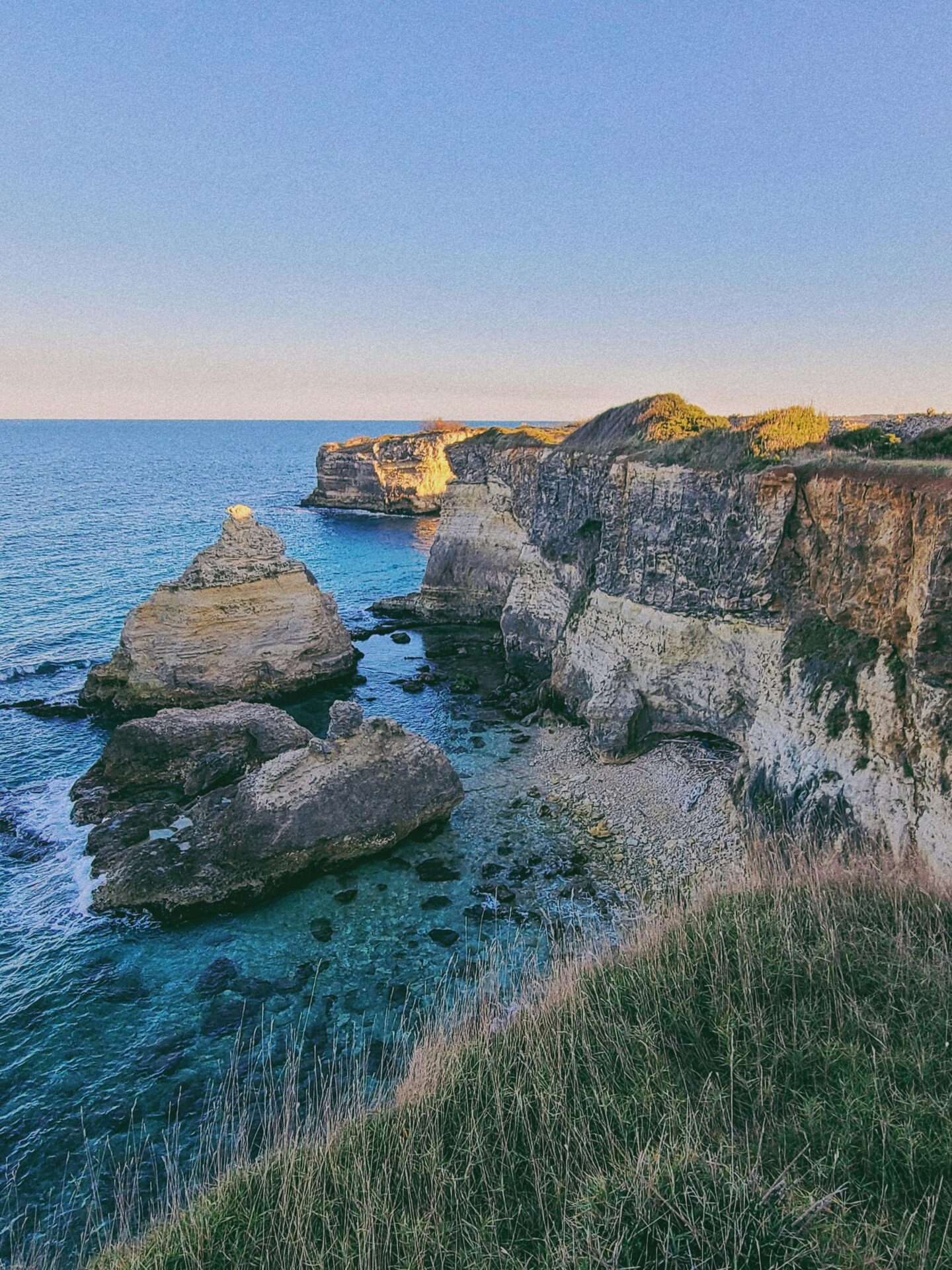
Adriatic Sea Connections
Traveling to Otranto, the blue Adriatic fills your view. The port has always linked Italy to lands beyond the water. Ships sailed from Otranto to Greece, Albania, and the eastern Mediterranean for ages.
The Strait of Otranto connects the Adriatic and Ionian seas, giving the area a crossroads vibe. Fishing boats and ferries come and go, and the fishing industry still shapes daily life. When I ate by the harbor, fresh seafood was always on my plate.
The sea isn’t just a backdrop here—it’s the heart of how people live, work, and stay connected to the world.
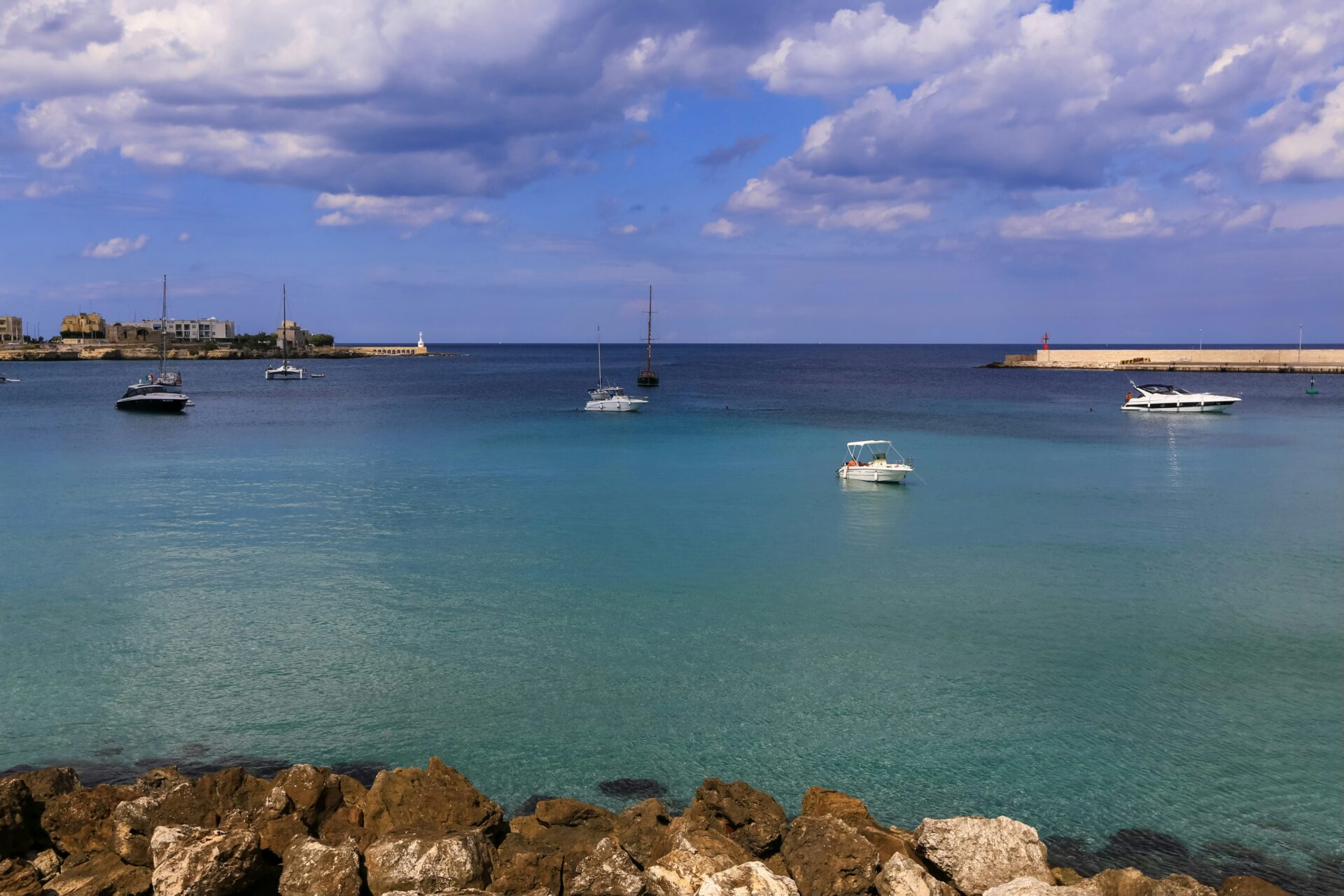
Gateway to the East
Otranto’s role as a gateway really caught my attention. For centuries, this port served as Italy’s main door to the East. Merchants, pilgrims, and armies set sail from here, heading out for trade, exploration, or war.
As I walked the old town, I spotted Byzantine and Norman touches in the architecture—proof of the many cultures that arrived by sea. Otranto didn’t just send people away; it welcomed new ideas, art, and travelers, too.
That long history of exchange still shapes the local culture, making Otranto a blend of Italian and eastern Mediterranean traditions.
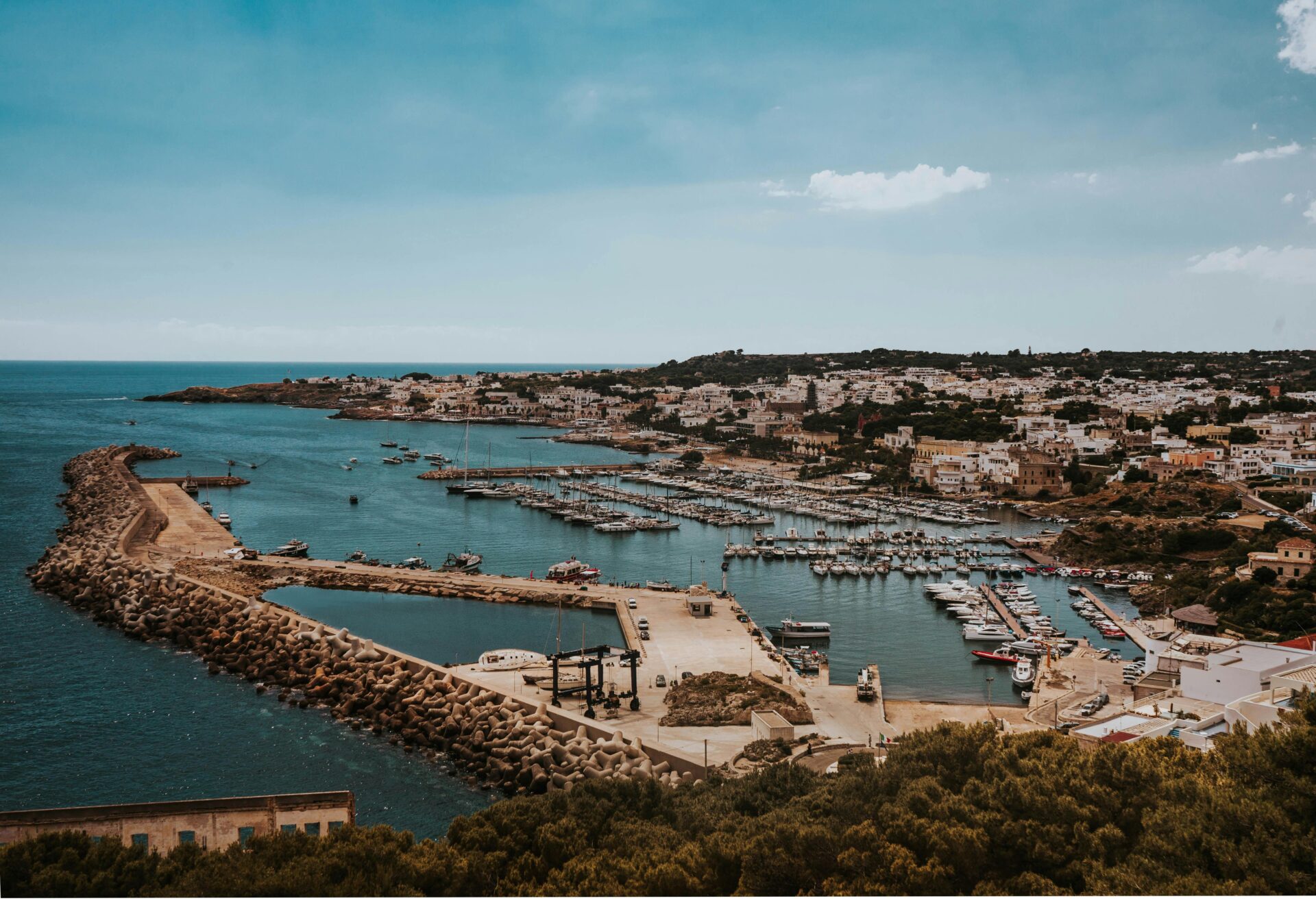
A Living Tapestry: Layers of History
Cities like Otranto on Italy’s eastern coast wear their history openly. Every era leaves a mark you can still see and feel. From ancient Roman ruins to sturdy medieval walls and hints of Austrian influence, history here isn’t tucked away—it’s everywhere.
Legacy of the Roman Empire
When I visited Otranto, I couldn’t help but notice how the Roman era still shapes the port’s identity. The Romans built strategic ports along the Adriatic, and Otranto became a key link between Italy and the East.
I spotted the remains of ancient roads and worn stones by the waterfront that once guided Roman soldiers and merchants. The Romans brought commerce, roads, and architecture that still influence the town’s layout.
Temples and public spaces now sit in ruins, but they still tell stories of movement and connection. Roman engineering helped Otranto withstand sieges and storms, and their harbor design made trade with Greece and beyond possible.
Artifacts and mosaics unearthed around Otranto highlight this legacy. I’d definitely recommend a stop at the local museum for a deeper look at how Roman culture mixed with local traditions.
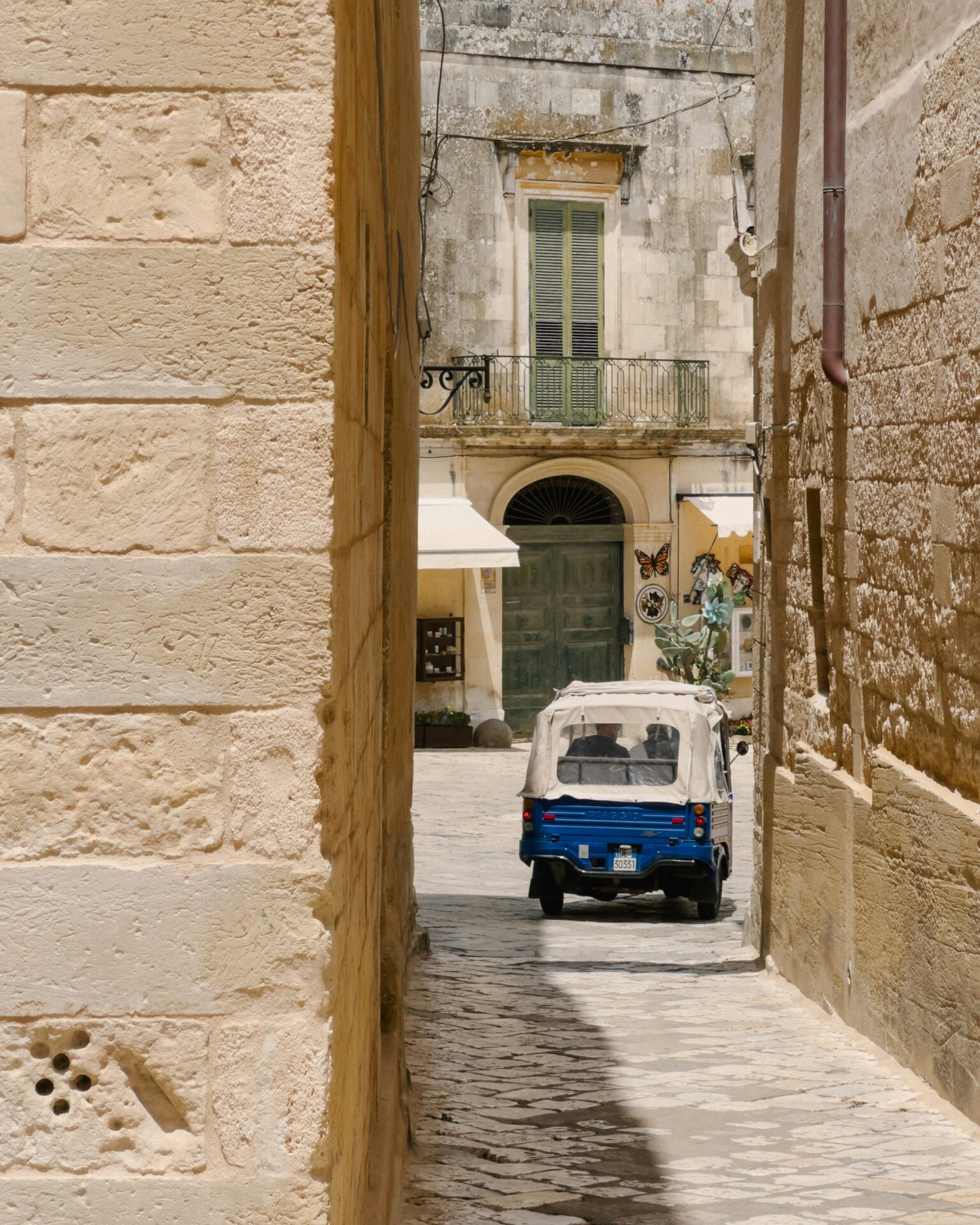
Medieval Defenses and Conquests
In medieval times, Otranto became a fortress. I walked atop thick city walls and explored the Aragonese Castle. These defenses helped residents resist invaders from across the Adriatic, especially during the Ottoman siege in 1480.
Narrow alleys and sturdy gates protected people and shaped daily life. This era brought knights, traders, and a sense of constant watchfulness. Traders from Venice, Genoa, and the East passed through, creating a real crossroads of cultures.
I noticed religious buildings that mix Western and Eastern styles—a reminder of shifting powers and alliances. The Cathedral of Otranto, for example, has mosaics and relics that tell stories of resistance and resilience.
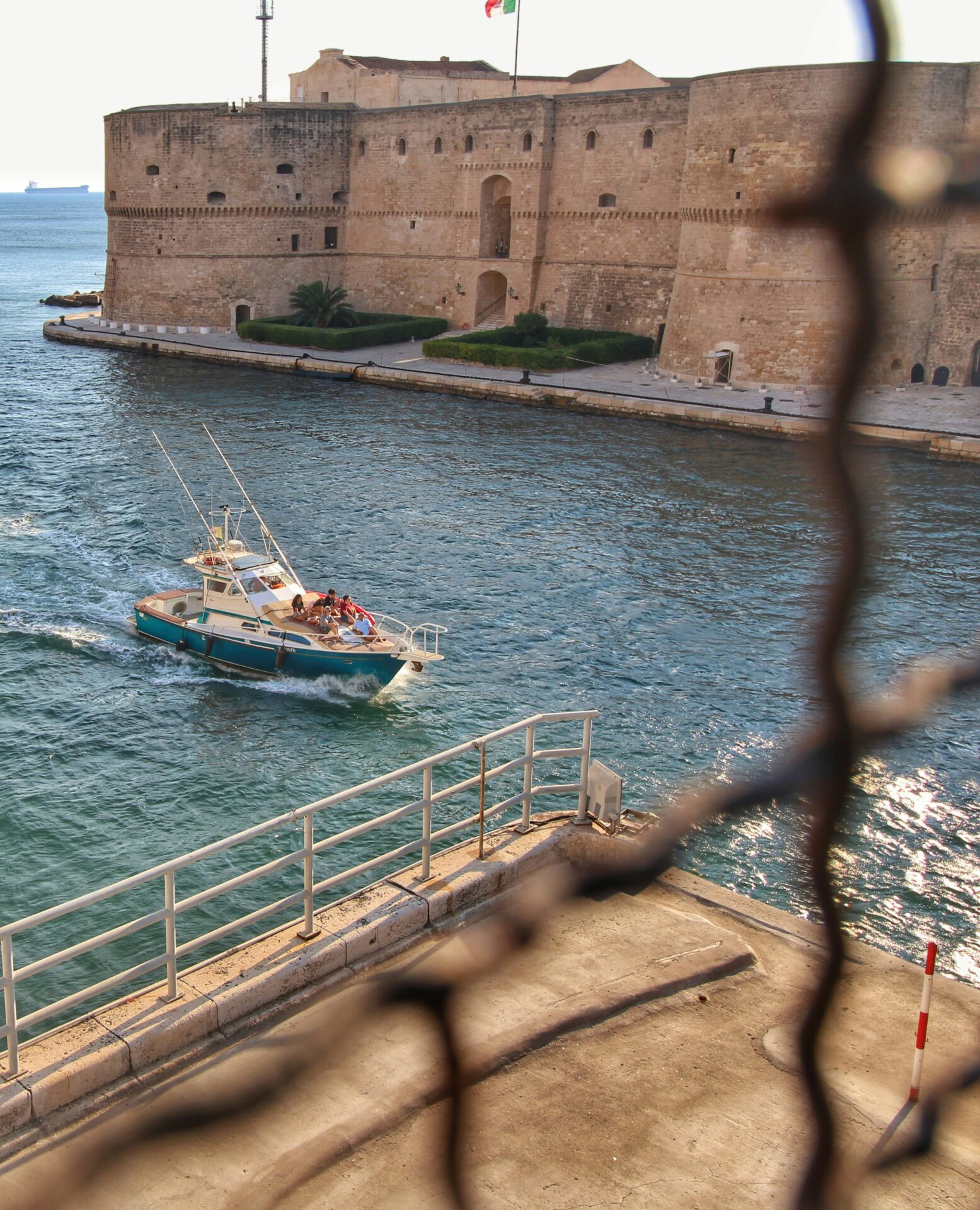
Influence of Austria and Other Cultures
After the medieval period, Otranto and much of southern Italy came under various rulers, including the Austrian Habsburgs. Their influence is subtle, but you can spot it in baroque facades and grand squares that echo Vienna’s style.
Austrian rule brought new laws and trade links, connecting Italy more closely with Central Europe. During local festivals, I notice a blend of Italian and Austrian touches in food and music.
Otranto’s port also welcomed Greek, Norman, and Ottoman visitors over the centuries. Each group left customs, recipes, and dialects that still echo in markets and piazzas. For travelers, it’s a living blend—East meets West, past meets present.
Cultural Heritage and Shared Traditions
As I explored eastern Italy’s historic ports, I realized how centuries of migration and trade shaped the region’s culture. Ancient cathedrals, lively festivals, and artwork all reflect the mix of Italian and Eastern influences I see and feel every day.
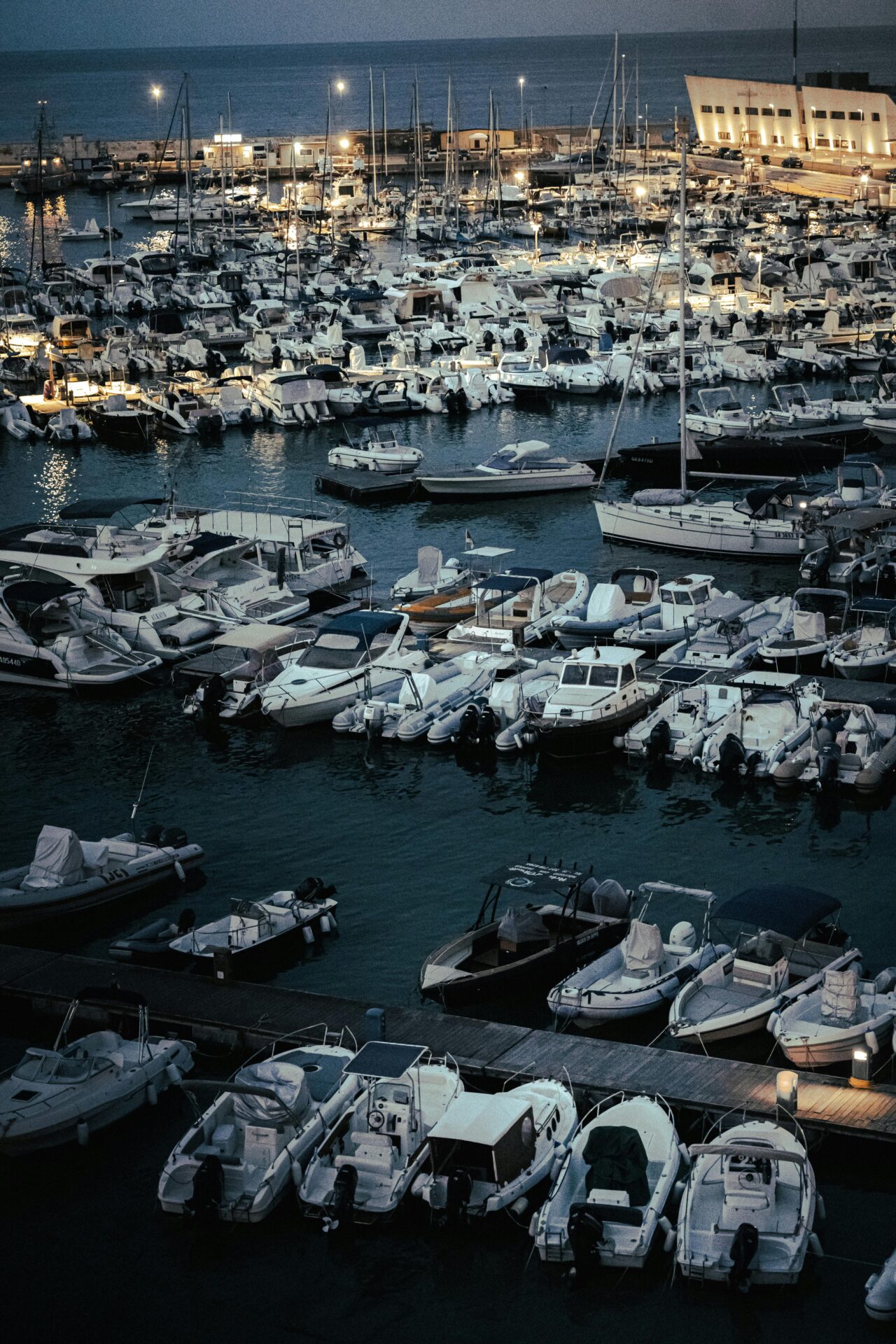
Religious Landmarks and the Cathedral
Standing in front of Otranto’s grand cathedral, I’m always struck by its layered history. The 12th-century mosaic floor shows scenes from classical myth, biblical stories, and even Persian legends. This city really opened itself to outside influences, welcoming travelers from both East and West.
Pilgrims still visit, drawn by the relics of the Martyrs of Otranto. Their story runs deep in local identity and faith. Pope Francis even highlighted their importance with their 2013 canonization, bringing new attention to the site.
If you go, I’d suggest joining a guided tour. Local guides often point out how architectural details—like the mix of Romanesque and Byzantine elements—reveal centuries of artistic and spiritual exchange.
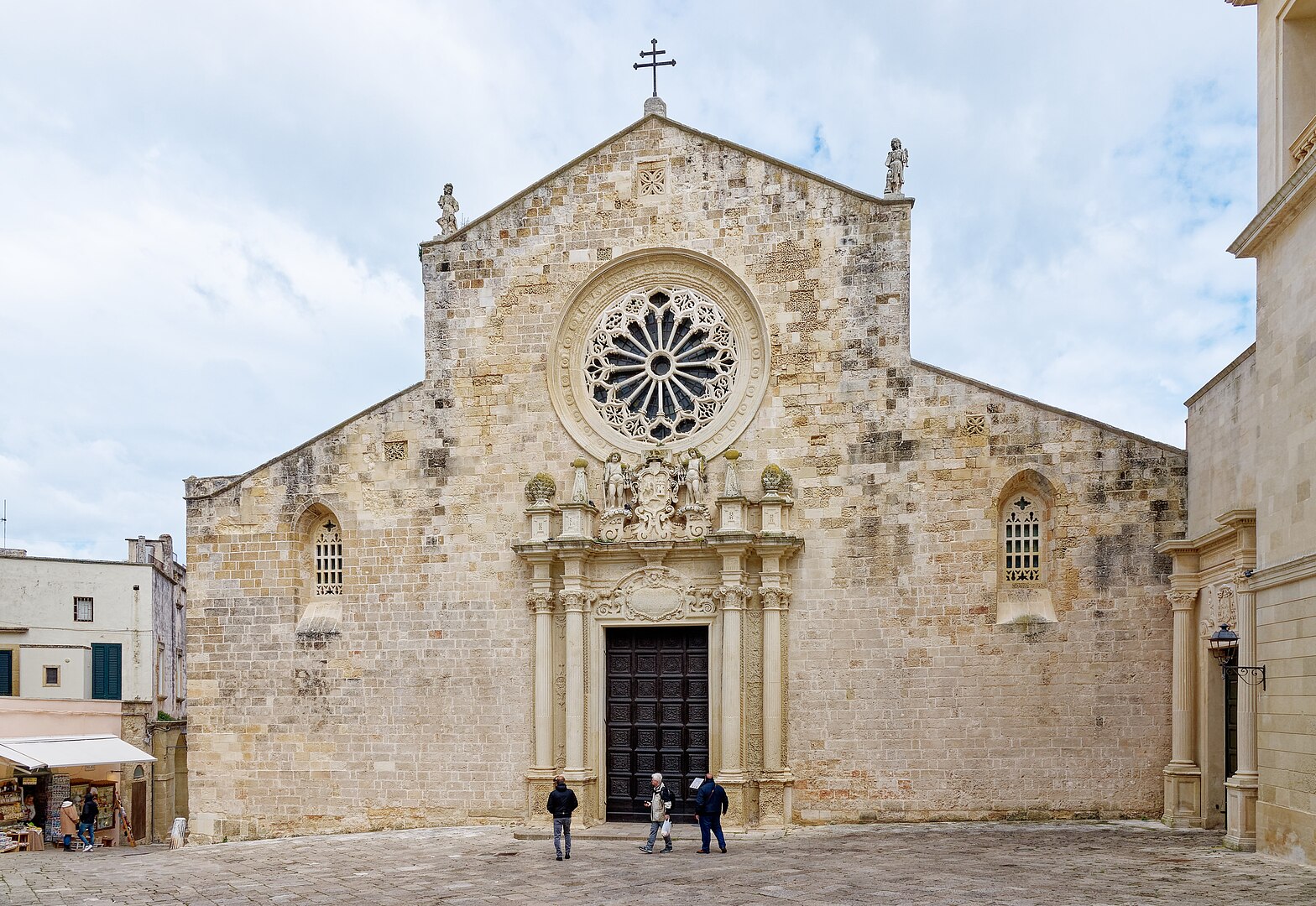
Festivals Bridging East and West
Otranto’s festivals feel like living bridges between cultures. Each summer, the Festa dei Martiri brings processions through winding old streets. Drummers and folk dancers march alongside children dressed in traditional, Eastern-inspired costumes.
Another highlight for me is the Notte della Taranta. This music festival mixes local pizzica dance with Mediterranean rhythms, drawing artists from Greece, Albania, and Turkey. The city buzzes with open-air concerts and night markets. The air around the harbor fills with Eastern spices and Italian pastries, capturing the centuries-old exchange that defines Otranto.
If you can, try to time your visit to catch one of these events. Celebrating with locals—even for just one night—makes you feel part of this shared heritage.

Preserving Local Arts and Customs
Even when there’s no festival, Otranto’s artistic traditions thrive. I’ve spent afternoons watching artisans craft lace, ceramics, and jewelry by hand. Many workshops have stayed in the same families for generations, blending techniques from Venetian, Greek, and Turkish origins.
I recommend wandering the historic center, where makers display their crafts along the narrow lanes. You’ll find lists of workshops at the tourist office. Look for unique designs: a ceramic tile with crosses and Ottoman motifs, or lace stitched in patterns that echo Middle Eastern mosaics.
Supporting these craftspeople helps keep this living heritage alive. Buying a handmade piece is a way to bring home a bit of Otranto’s story—a symbol of the city’s role as a bridge between cultures.
Architectural Marvels by the Water
Stone bridges still connect Otranto’s busy port to quieter side streets where history runs deep. Ancient arches and weathered stones reflect the waves, making these structures feel both timeless and alive.
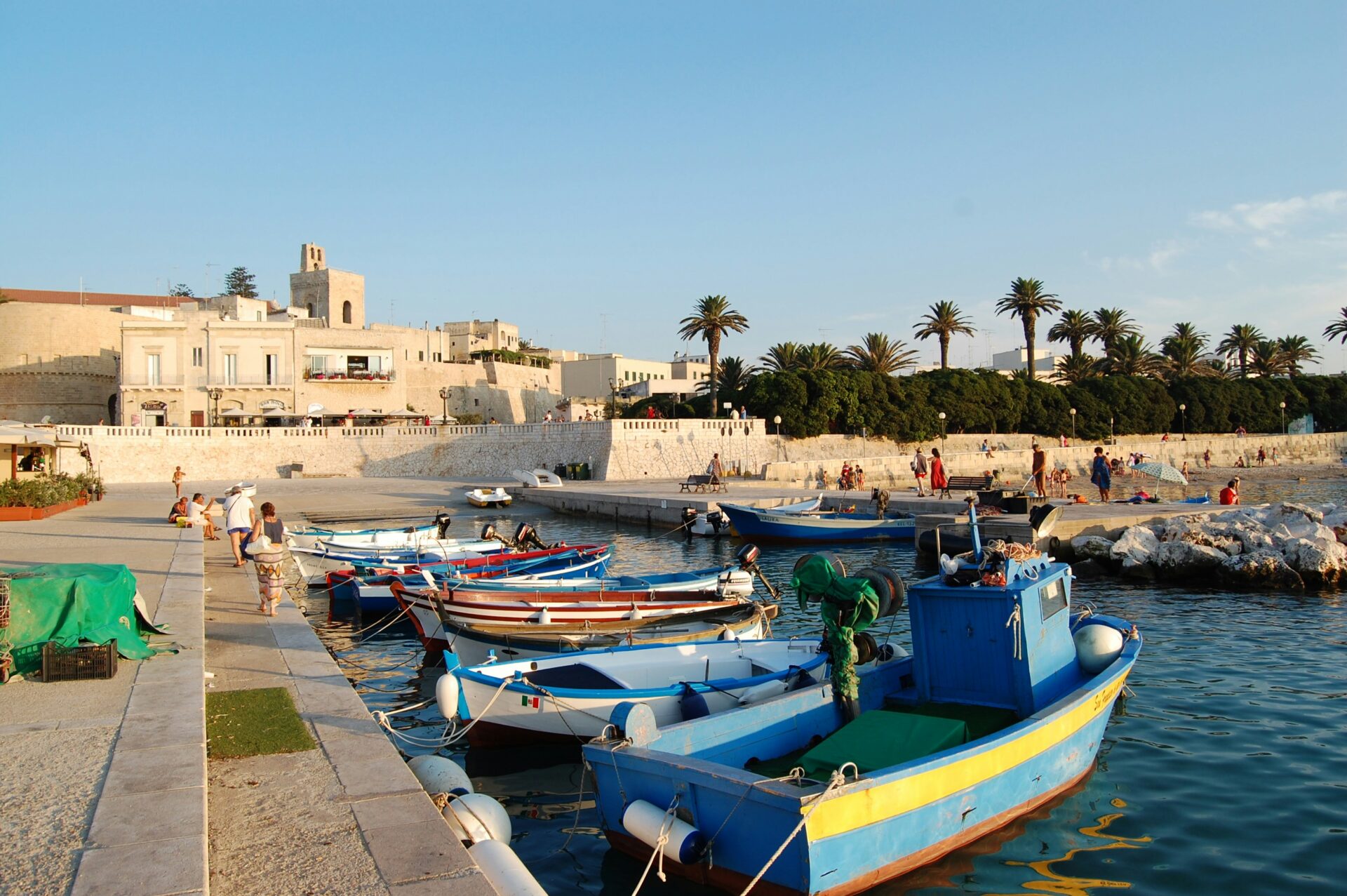
The Old Bridge Over Otranto
Crossing the old bridge in Otranto always feels like stepping back through time. This stone bridge has been part of local life for generations, linking the historic heart of the city to the harbor’s edge.
It’s narrow but sturdy, and the views are stunning—Adriatic waters on one side, age-old whitewashed houses on the other. Locals gather here at sunset, and I like joining them to watch fishing boats drift in for the night.
The bridge isn’t just a path—it’s a meeting place. I usually pause in the middle, breathe in the salty air, and listen for the distant sounds of the markets.
If you visit, bring a camera at dusk. The golden light throws dramatic shadows across the water and stone. The old bridge really brings together Otranto’s sense of community and its maritime past.
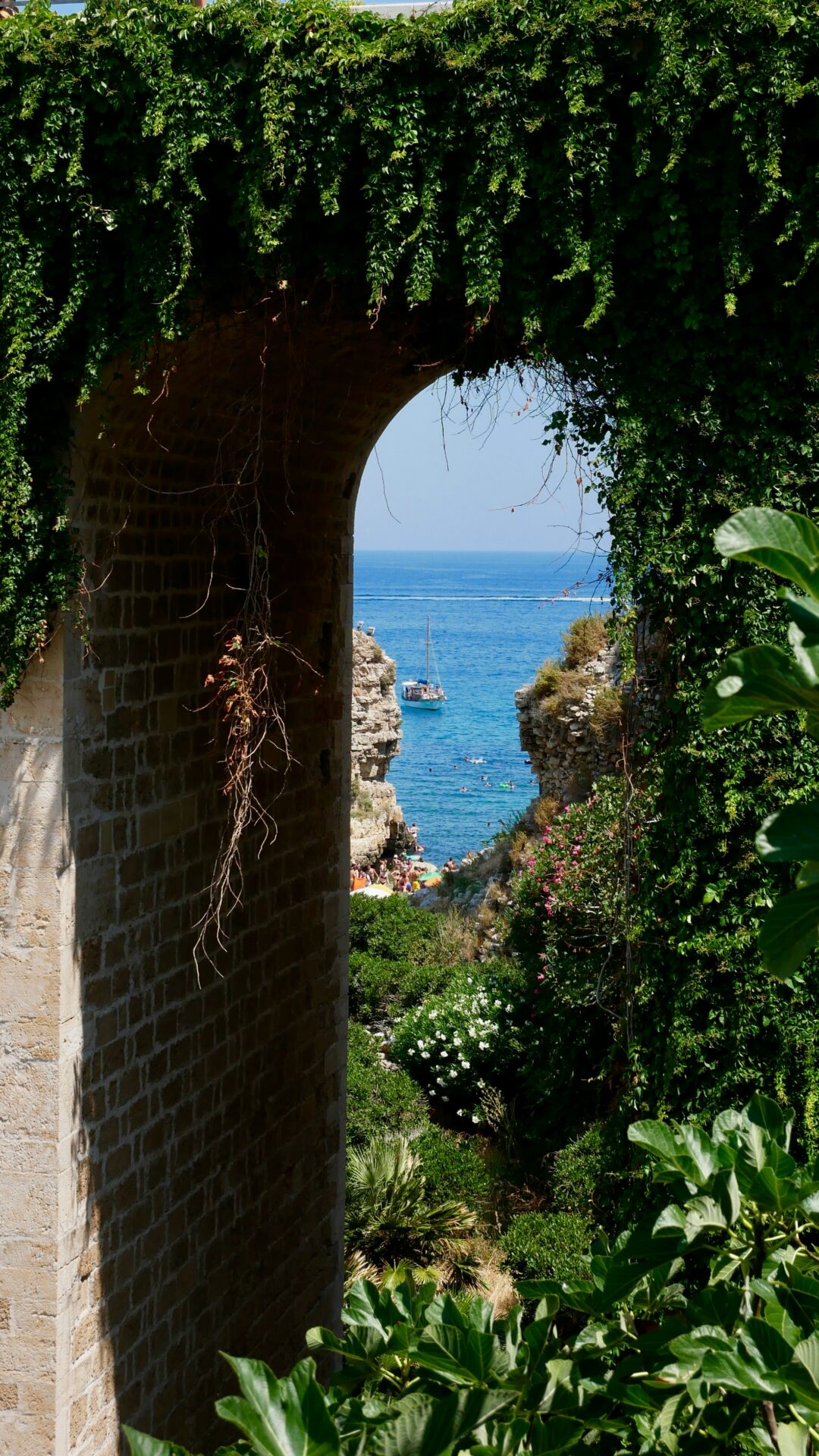
Roman Bridge Remnants
Farther along the port, I found the quiet remains of a Roman bridge, almost hidden by brush and crumbling walls. These ruins hint at Otranto’s role as a key passageway during the Roman Empire.
Only fragments remain, but the symmetry of the original arches still impresses up close. Some carved stones are half-buried in grass, with moss and wildflowers weaving through the cracks.
I suggest taking a slow walk around the site, especially early in the morning. It’s easy to imagine Roman traders, soldiers, and travelers crossing here, connecting Italy’s east to distant cultures.
For history lovers, it’s a real find. There’s a small sign with information in Italian and English, so it’s easy to get the basics. Spending a few minutes here always reminds me how Otranto’s bridges have helped people and ideas cross paths.

Exploring Puglia: Travel Insights and Tips
Whenever I visit Puglia, Otranto stands out for its spot along the Adriatic, mixing Italian charm with traces of many cultures. The sea, the food, and the winding streets always leave a strong impression.
How to Reach Otranto
Getting to Otranto is its own adventure. I usually fly into Bari or Brindisi, the main airports in Puglia. Both cities have regular train and bus lines to Lecce, which acts as the gateway to the south.
From Lecce, a regional train or a direct bus (especially in summer) gets me closer. Renting a car is honestly the easiest way to explore at your own pace, especially if you want to find hidden coves or countryside masserie (farmhouses) along the way.
Roads are easy to navigate, and parking in Otranto isn’t bad outside the busiest hours. If I have time, I love taking the coastal roads for the scenery—they’re slower, but every extra kilometer is worth it.

Local Cuisine and Seaside Experiences
Food in Otranto? It’s simple but absolutely packed with flavor.
I never skip a plate of orecchiette with fresh tomatoes or the local seafood risotto.
Waterfront trattorias bring out the catch of the day—grilled octopus, mussels, and sometimes, if you’re lucky, raw sea urchin when it’s in season.
You’ve gotta try frisella, that crunchy bread that tastes best with local olive oil and ripe tomatoes.
Dining by the Adriatic hits different—the salty breeze, those sunset views—somehow, every meal just feels a little more special.
If you head out for a morning walk by the port, you’ll spot fishermen coming back with their fresh haul.
I picked up a locals’ habit: grabbing an espresso and watching the sun rise over the sea.
Honestly, it’s quiet, peaceful, and feels like something only Otranto can offer.
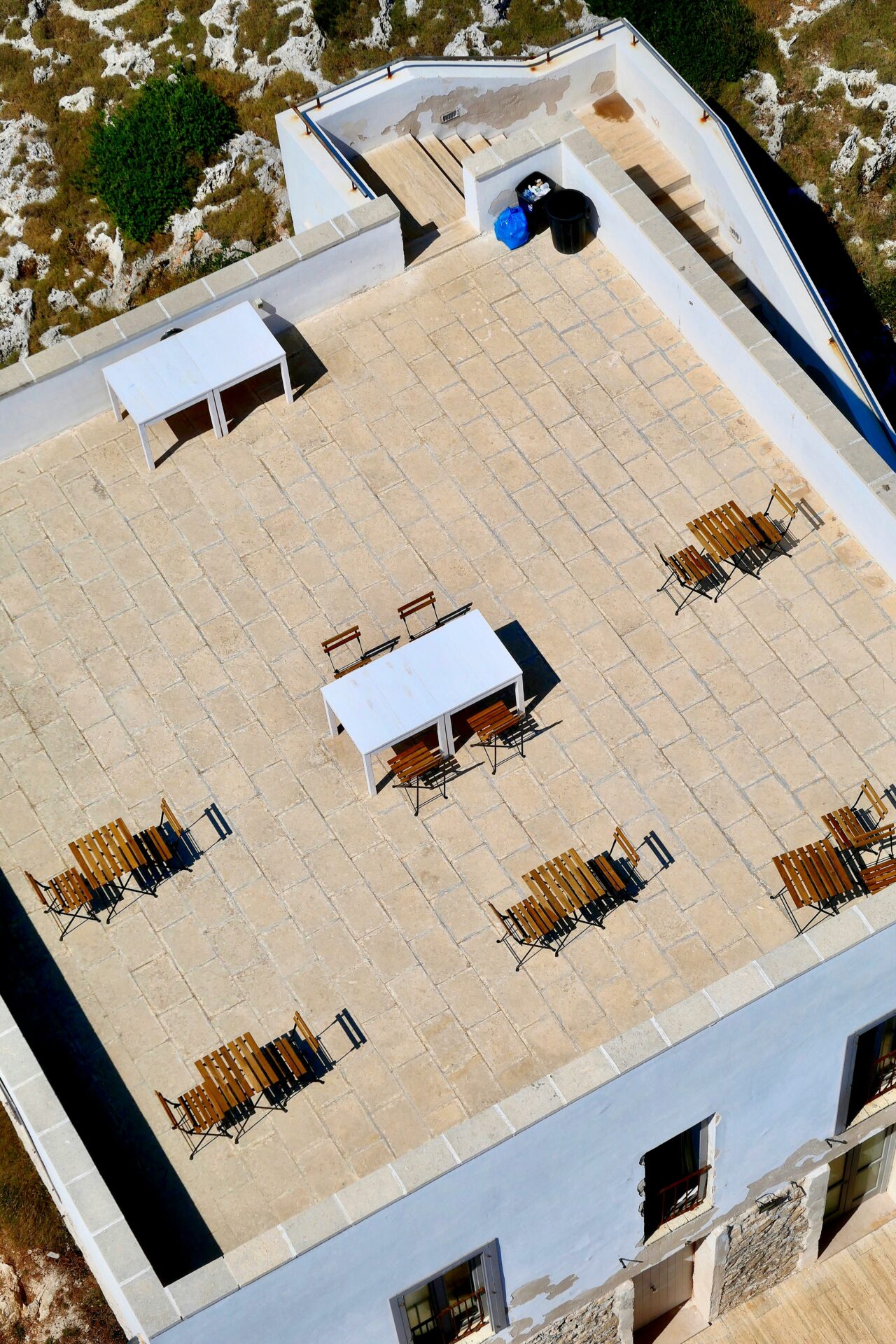
Must-See Sights Beyond the Port
You could easily lose track of time near the harbor, but honestly, there’s so much more waiting just beyond. I always find myself drawn back to the Otranto Cathedral, especially for that 12th-century mosaic floor.
The cathedral crypt brims with history and art. Step outside town and you’ll spot Torre del Serpe—the old watchtower—where you get these wild, wide-open views of the Adriatic.
If you’ve got a little extra time, I’d suggest walking the old city walls at dusk. Sometimes I hop on a bike and follow the coast, just to check out those rocky beaches.
Head inland and you’ll see olive groves stretching out for miles. Whitewashed villages like Specchia and Presicce pop up here and there, each with its own vibe and a slower pace that makes you want to linger.
Every corner of Otranto and the Puglia region feels like it’s whispering part of a much bigger story, shaped by centuries of trade and travelers.

